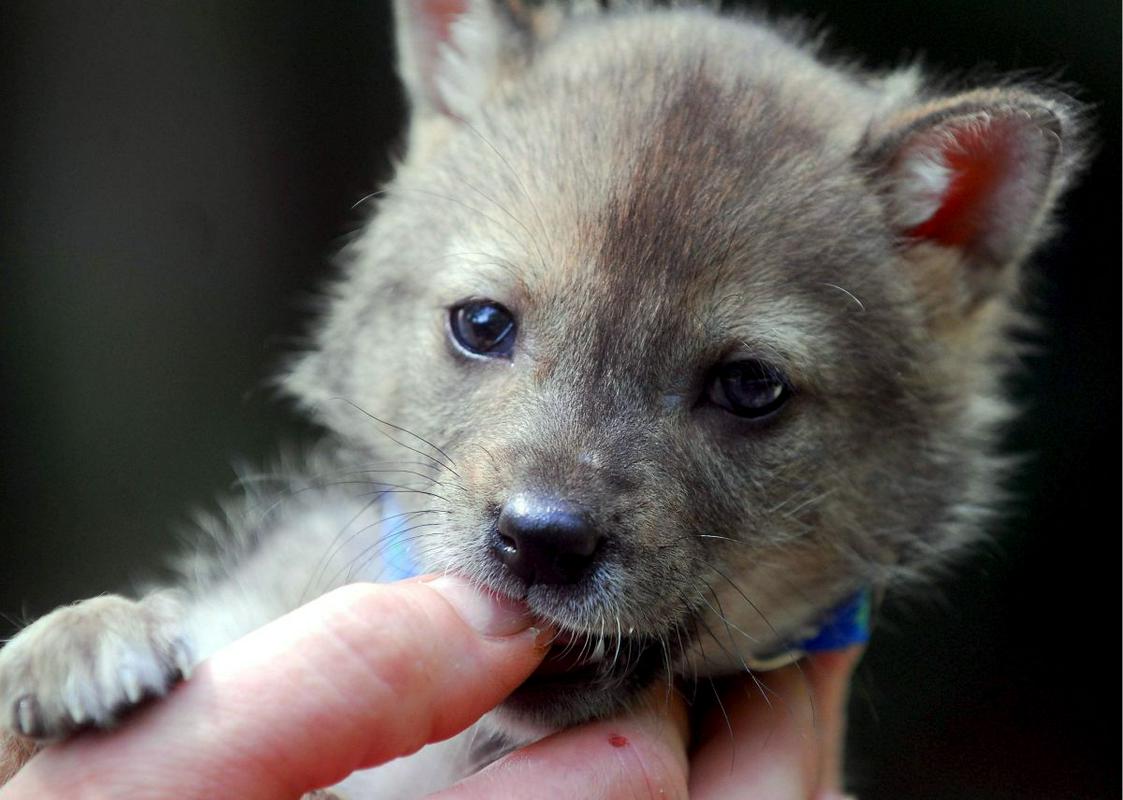
Jackals have been causing damage at farms and forests in the region of Slovenian karst. The population of jackals is constantly growing, but the authorities refuse to lift the protection ban until the species is counted and analysed in terms of its impact on the environment. Breeders from the Italian karst also complain about numerous problems caused by jackals. Andrej Lakovič, a breeder from Doberdob, explains he has already lost 70 sheep and 100 donkeys due to jackals.
The jackal has also been preying on deer, causing trouble to hunters in the Slovenian as well as Croatian karst. According to the president of the Trstelj Hunters’ Association Jelko Lapajne, jackals have decimated the offspring as well as adult deer in the area that borders Italy.
In the area of Doberdob, the average population stands at 0.7 to 1.2 jackals per 100 hectares, which resembles the statistics in Hungary and Romania, where the population of this species is large, argues Saimon Ferfolja, a researcher at the University of Udine.
Jackal a protected species in Italy
The jackal is an animal species that hunters can cull in Serbia, Romania, Croatia and Hungary. In Italy, however, it is included among protected species; the same applies e.g. to bears and wolves. Slovenia has categorised it as both a protected species and as on that can be culled. Since the decree on protected species bears more power, the jackal is being considered a protected species, explains Andrej Sila from the Sežana unit of the Slovenian Forest Service.
The Slovenian Ministry of Agriculture would like to exclude the jackal from the list of protected species, but the Ministry of the Environment disagrees, claiming the size of the population should be determined first, followed by an analysis of their habits and the extent of damage they cause, and only then the decision regarding their status should be made.
Miha Krofel, a researcher at the Faculty of Biotechnology in Ljubljana, warns that although the population of deer has shrunk in some areas where jackals are present, there are territories where – despite the presence of jackals – this is not the case. Italy has been studying the life of jackals for five years, whereas Slovenia has started only now.
The state budget reimburses the cost of damage for animal breeders but not for hunters.
Animal breeders and hunters in the Karst region have been having problems with jackals attacking sheep and deer. Jackals are an animal species that feeds on carrion and rodents.
Jackals have been causing damage at farms and forests in the region of Slovenian karst. The population of jackals is constantly growing, but the authorities refuse to lift the protection ban until the species is counted and analysed in terms of its impact on the environment. Breeders from the Italian karst also complain about numerous problems caused by jackals. Andrej Lakovič, a breeder from Doberdob, explains he has already lost 70 sheep and 100 donkeys due to jackals.
The jackal has also been preying on deer, causing trouble to hunters in the Slovenian as well as Croatian karst. According to the president of the Trstelj Hunters’ Association Jelko Lapajne, jackals have decimated the offspring as well as adult deer in the area that borders Italy.
In the area of Doberdob, the average population stands at 0.7 to 1.2 jackals per 100 hectares, which resembles the statistics in Hungary and Romania, where the population of this species is large, argues Saimon Ferfolja, a researcher at the University of Udine.
Jackal a protected species in Italy
The jackal is an animal species that hunters can cull in Serbia, Romania, Croatia and Hungary. In Italy, however, it is included among protected species; the same applies e.g. to bears and wolves. Slovenia has categorised it as both a protected species and as on that can be culled. Since the decree on protected species bears more power, the jackal is being considered a protected species, explains Andrej Sila from the Sežana unit of the Slovenian Forest Service.
The Slovenian Ministry of Agriculture would like to exclude the jackal from the list of protected species, but the Ministry of the Environment disagrees, claiming the size of the population should be determined first, followed by an analysis of their habits and the extent of damage they cause, and only then the decision regarding their status should be made.
Miha Krofel, a researcher at the Faculty of Biotechnology in Ljubljana, warns that although the population of deer has shrunk in some areas where jackals are present, there are territories where – despite the presence of jackals – this is not the case. Italy has been studying the life of jackals for five years, whereas Slovenia has started only now.
The state budget reimburses the cost of damage for animal breeders but not for hunters.
Irena Cunja, TV Slovenija; translated by K. Z.

































































